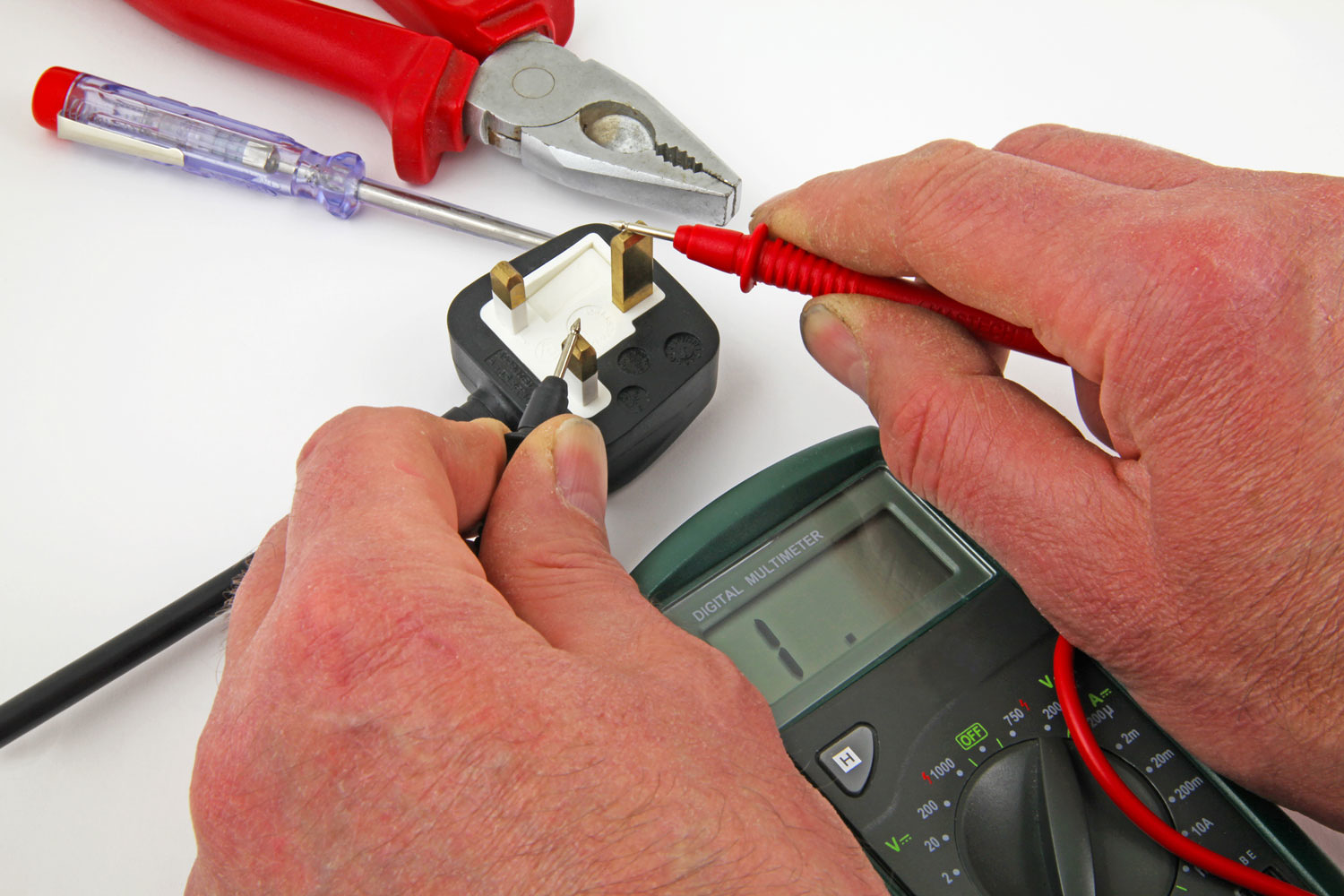
Counterfeit chargers - remember the '3-point check'
Published Apr 25, 2023
Counterfeit chargers can be deadly. In fact, in a recent study carried out by Electrical Safety First it was identified that 98% of the collection they tested had the potential to cause a lethal electric shock or start a fire. With that in mind, there are some serious risks associated with ‘buying cheap’.
Statistics and facts
- 1.8 million phone chargers are bought online in the UK each year
- Unsafe devices can be made for as little as 3p using poor quality components and missing safety features, such as a fuse
- In the last four years there has been a sixfold increase in the number of counterfeit electrical goods seized
- A genuine Apple charger contains over 60 individual components, whilst a counterfeit charger averages just 25
- Fake chargers often give significantly less power than genuine ones, meaning it could take up to twice as long to charge your battery
- Fake chargers can cause devices to overheat and even explode
- Many batteries being charged are lithium-ion – when these overheat they can release highly toxic gases and a rapid thermal runaway reaching 400°C in milliseconds
- Electrocution can cause personal injury, but also destroy your phone or appliance too
The 3-point safety check
Before making use of your charger undertake the following checks to ensure that it is safe to use – this should be in combination with other safety measures when using electrical appliances, such as a visual check over the plug casing, leads, wiring, connections, body of the charger unit / appliance it is plugged into and check if the PAT is within date.
Plug pins
- Check that there is at least 9.5mm between the edge of the pins and the edge of the charger (a standard ballpoint pen is a good guide). If the distance is less than 9.5mm there is a risk of electric shock when plugging and unplugging the charger from a socket.
- Plug the charger into a socket that is switched off and do not have the charger connected to the appliance
- If the plug does not easily go into the socket the length or distance between pins may be wrong and can lead to overheating, arcing and mechanical damage
Markings
- Look for a manufacturer’s brand name or logo, model and batch number
- Check for a UKCA and CE mark
- Check that the output voltage and current ratings marked on the charger and your electrical device are the same
- Do not rely on UKCA and CE markings alone as a guarantee of safety – these can be forged. More information on markings can be found here: https://www.gov.uk/guidance/using-the-ukca-marking and https://single-market-economy.ec.europa.eu/single-market/ce-marking_en
Warnings and instructions
- Adequate warnings and instruction must be provided with the charger
- User instructions should provide information on
- the conditions and limitations of use
- how to operate the charger safely
- basic electric safety guidance
- details of how to safely dispose of the charger when it is no longer required
Protect your business with expert advice and guidance
As tempting as it might be to think ‘that’ll never happen to us’ and that cheap and cheerful means quick and easy, selecting a counterfeit charger can often have devastating results to personal safety, appliances and property. Investing in genuine products from reputable suppliers alongside good electrical safety practices will save lives and ensure that you remain compliant.
Further support and advice on this topic and a range of electrical safety topics can be sought from one of SSG’s consultants, Electrical Safety First (https://www.electricalsafetyfirst.org.uk/) or your local Fire and Rescue Service.
Source: Dave Wright GradIOSH